Top 10 FAQs About GS-441524 Tablets and Powder Answered
Addressing 5 Common Concerns and Misconceptions About GS-441524 Tablets and Powder
- Addressing 5 Common Concerns and Misconceptions About GS-441524 Tablets and Powder
- 5 Technical and Practical Aspects of Using GS-441524 Tablets and Powder Formulations
- Troubleshooting Common Issues with GS-441524 Tablets and Powder Administration
- A Comprehensive Resource for GS-441524 Tablets and Powder Users
- Conclusion
- Discover the Power of GS-441524 with BLOOM TECH
- Referance
Most of the recent talk in veterinary medicine has been about GS-441524. This is because it may help treat feline viral peritonitis (FIP). There are a lot of questions that pet owners and vets have about how to use, give, and treat dogs properly with this treatment. This guide has all the answers you need about GS-441524 tablets and powder. Persons who are taking this medicine or are thinking about it will better understand it after reading this.

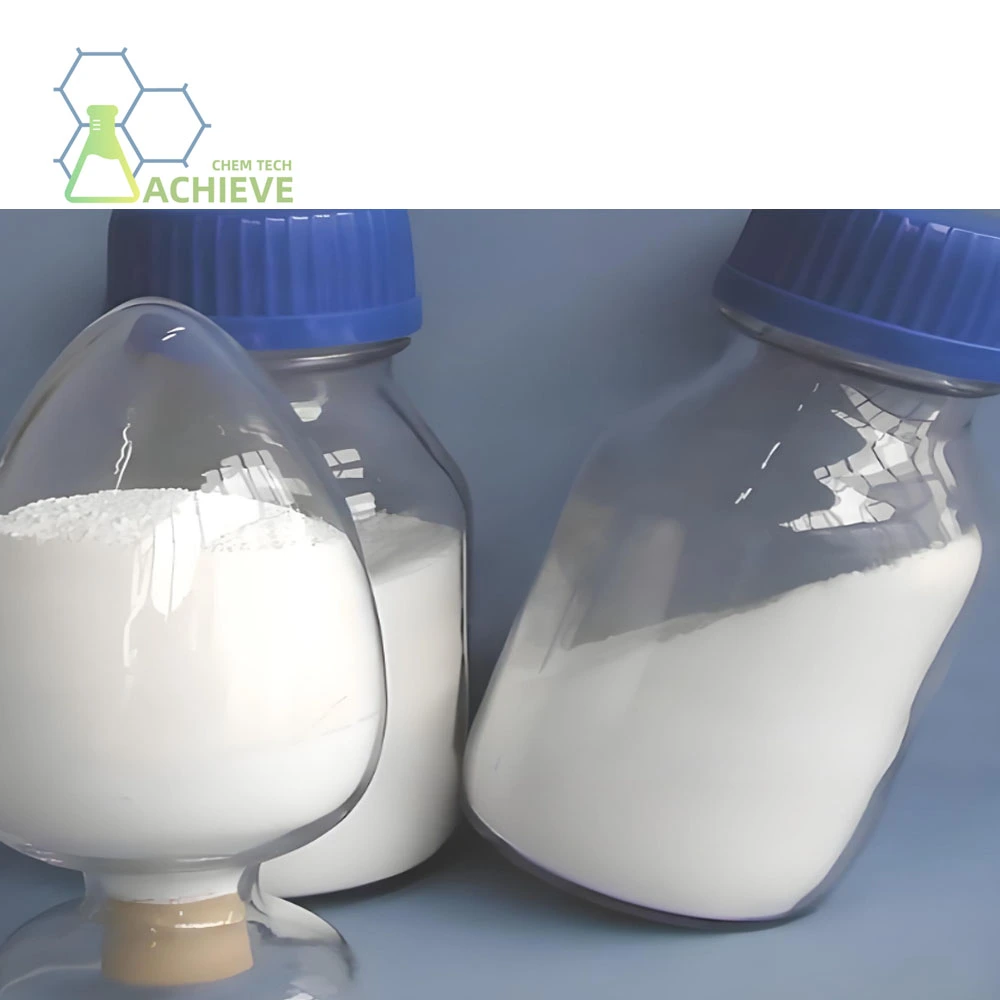
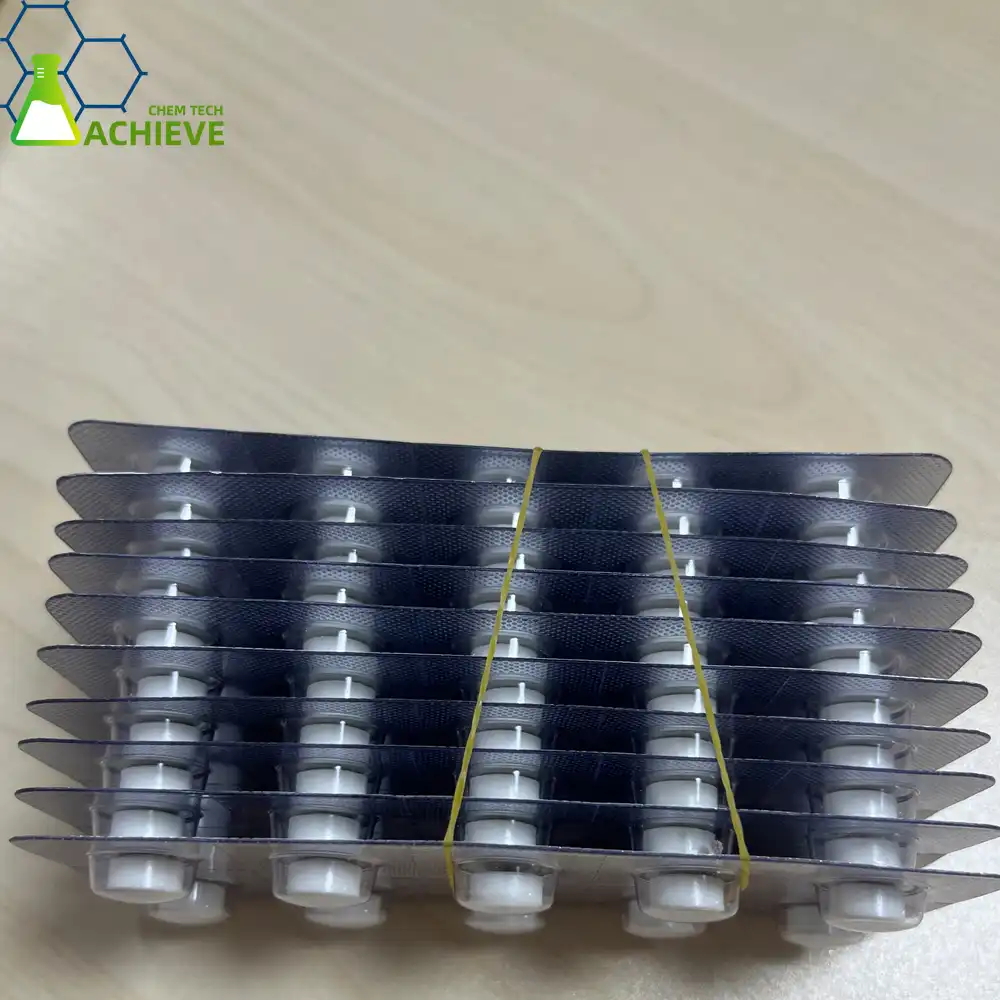
Addressing 5 Common Concerns and Misconceptions About GS-441524 Tablets and Powder
How safe is GS-441524?
Concerns about GS-441524's safety and potential harm are a major problem that many people have. Although there are some signs that cats can handle GS-441524 without any issues, more research is needed to be sure. It might have some mild side affects in some animals, though, just like any other drug. This list includes some of them:
- temporarily not being able to eat because of diarrhea or trouble sleeping
- Getting a little tired
- Signs that the treatment spot is hurt
- Usually, these effects aren't too bad, and they don't last long.
There is nothing you should ever hide from your vet while your pet is getting care. Big side effects aren't common.
How effective is GS-441524 in treating FIP?
FIP cat treatment efficacy of GS-441524 is another common question. Despite regulatory rejection, some studies and anecdotes show promise. Research shows that early GS-441524 treatment improves fip cats' clinical symptoms and survival rates.
GS-441524 gave cats approximately 80% remission, according to a Journal of Feline Medicine and Surgery study. Different reactions occur depending on sickness stage, cat health, and treatment protocol adherence.
What is the legal status and availability of GS-441524?
Legality of GS-441524 is widely questioned. FDA has not approved GS-441524 for veterinary use. Availability and dissemination depend on this. Pet owners, know:
- GS-441524 is mostly sold by research and compounding pharmacies.
- Use is often "off-label" or experimental.
- Countries regulate import and use differently.
Pet owners considering GS-441524 should explore legal issues and sourcing with their vet to guarantee local compliance and a safe, high-quality product.
What are the treatment costs and duration of GS-441524?
Many pet owners worry about GS-441524 treatment costs. The main reasons for high costs:
- The lengthy treatment (12 weeks or more)
- The need for regular veterinary exams and monitoring
- Medication cost
Treatment expenses vary by pharmaceutical source, formulation, and animal demands. Pet owners should discuss charges with their vet and investigate insurance and financial aid programs.
Comparison to Other FIP Treatments
Pet owners commonly compare GS-441524 to different FIP treatments. FIP therapies have mostly been supportive and palliative, whereas GS-441524 is more focused. By suppressing viral replication, it may be a better treatment.
GS-441524 outperforms existing veterinary antivirals for FIP. Note that research is continuing and comparative trials with other treatments are limited. When giving recommendations, veterinarians may examine the cat's condition, FIP type, and treatment choices.
|
|
|
|
5 Technical and Practical Aspects of Using GS-441524 Tablets and Powder Formulations
What are the dosage and administration methods for GS-441524?
Proper GS-441524 dose and administration are essential for effectiveness. The cat's weight and FIP severity determine dosage. General guidelines:
- For tablets: Given orally once or twice daily.
- For powder: Reconstituted and injected.
- Average daily doses are 4-10 mg/kg body weight.
The regimen must be strictly followed. Missed doses or improper administration may affect therapy efficacy. Veterinary advice on injectable administration should be obvious to pet owners.
How to store and handle GS-441524?
GS-441524 efficiency varies on storage and handling. Generally:
- Keep tablets cool, dry, and out of the sun.
- Chill powders.
- Few injectable reconstituted solutions last.
Owners must carefully keep pet medications. Handle medication carefully, especially when reconstituting powder formulations, to maintain sterility and avoid contamination.
How to monitor and follow up after using GS-441524?
Treatment for GS-441524 requires regular monitoring. Usually involves:
- Vet visits regularly
- Monitoring organ function and illness progression with blood testing
- Clinical symptoms and health evaluation
During first treatment, monitoring may include weekly or bi-weekly visits. Pet owners should keep their vet informed of any cat health changes.
Are there any potential drug interactions with GS-441524?
Due to limited research, GS-441524 may interact with other medicines. Pet owners should:
- GS-441524 therapy requires caution while adding additional drugs.
- All cat drugs and nutrients should be reported to your vet.
- Discuss medication changes with their vet.
Some medicines may impact GS-441524 metabolism or excretion, affecting efficacy or safety. Treatment planning should include a complete cat pharmacological evaluation.
What are the long-term considerations for GS-441524?
Pet owners must understand GS-441524 treatment's long-term effects. Considerations include:
- Possible treatment beyond 12 weeks
- Continuous disease recurrence surveillance following treatment
- Lifestyle changes to aid cat recuperation and health
Many cats improve with GS-441524, although the long-term prognosis varies. To prepare for such scenarios, pet owners should talk to their vet.
|
|
|
|
Troubleshooting Common Issues with GS-441524 Tablets and Powder Administration
Addressing Palatability Challenges
A typical concern with GS-441524 tablets is palatability. Oral medication may be refused by certain cats. Addressing this:
- Pill pockets or flavored compounding are choices.
- Try smashing tablets and combining them with food (if your vet approves).
- Positively associate medicine time with goodies or affection.
For oral administration of powder formulations that require reconstitution, correct mixing and temperature can increase palatability.
Managing Injection Site Reactions
Injectable GS-441524 formulations might cause injection site reactions. Minimize these:
- Regularly rotate injection locations
- Maintain aseptic administration.
- Your vet may recommend mild massage or warm compresses for injection sites.
If reactions persist or worsen, talk about your vet about alternative administration or supportive therapy.
Adjusting to Treatment Schedules
A consistent treatment plan can be difficult for some pet owners. To aid management:
- Setting phone reminders or using medicine tracking apps
- Mark doses with a graphic calendar or chart.
- Medication times can be added to mealtime times.
A reliable system is essential for treatment success due to administration consistency.
Expert Insights on Maximizing the Efficacy of GS-441524 Tablets and PowderOptimizing Treatment Protocols
Veterinarians stress how important it is to use personalized care plans. These things could be:
- Changing amounts based on how each person responds and how the disease gets worse
- GS-441524 and supportive treatments together for full care
- regular checks to see if the treatment is working and if any changes need to be made
Working together with your vet is important for getting the best results from treatment.
Nutritional Support During Treatment
Cats that take GS-441524 medicine need to eat well to stay healthy. How experts see it:
- Good foods that are easy to digest to boost the immune system
- Taking extra omega-3 fatty acid can help lower inflammation.
- For some people, this may mean giving them injectable fluid treatment to stay hydrated.
Nutritional help that is made to fit the needs and tastes of each cat can help them stay healthy and get better faster.
Stress Reduction Strategies
Cats that are getting care need as little stress as possible. Behavioralists who work with animals say:
- Making a quiet, peaceful place to rest and heal
- Using pheromone sprays or diffusers to help you relax
- Keeping to routines can help lower worry.
During treatment, lowering the cat's stress can help its immune system and general health.
|
|
|
|
A Comprehensive Resource for GS-441524 Tablets and Powder Users
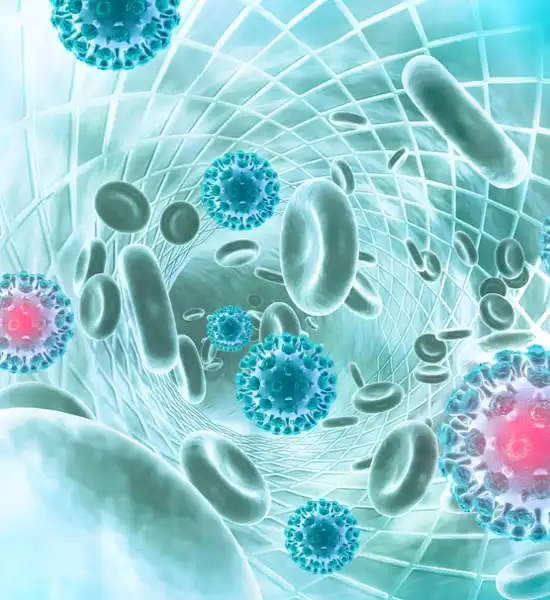
Understanding the Mechanism of Action
GS-441524 inhibits FIP-causing feline coronavirus replication by interfering with viral RNA synthesis. The mechanism:
- Specific to the virus, minimally affecting healthy cells
- Can improve clinical symptoms quickly in responding cats.
- Extended therapy may be needed to eliminate viruses.
Understanding this mechanism can help pet owners understand the need to finish the medication, even if symptoms resolve fast. GS-441524 tablets are an effective form of this treatment, and proper usage is key for optimal results.
Navigating Treatment Decisions
GS-441524 handling requires careful thought. Talk to your vet about these:
- The kind and severity of FIP
- Overall health and treatment tolerance of the cat
- Financial and long-term care concerns
- Alternative or complementary therapies
Discussing these issues can assist ensure that GS-441524 is used wisely and in the FIP cat's best interest.


Future Perspectives and Ongoing Research
With research on GS-441524 and related chemicals, FIP treatment is progressing quickly. Current investigations include:
- Dosage optimization for FIP presentations
- Exploring combo medicines to boost efficacy
- Create easier administration mechanisms
- Investigation of preventive uses
Keeping up with these advances can help pet owners and veterinarians make the best FIP treatment options.
Conclusion
Cats with bacterial peritonitis can now be treated better with GS-441524. When cat owners deal with this dangerous illness, it helps a lot. Cat owners can make smart choices and get the best treatment results from GS-441524 pills and powder by knowing how they work. There are many questions and things to think about when using it.
More people will be treated with GS-441524 and study will continue, which will help us learn more about its role in treating FIP. At this point, the key to GS-441524 treatment still lies in close communication and commitment between pet owners and vets, along with careful administration and tracking.
These instructions will help people who are having trouble grasping how FIP treatment with GS-441524 works. There are useful facts, common worries, and expert opinions in it. There are different ways to treat different problems. If your pet has FIP, you should first get help from a vet.
Discover the Power of GS-441524 with BLOOM TECH
At BLOOM TECH, we're dedicated to making veterinary medicine better by providing top-notch pharmaceutical goods. As a trusted GS-441524 manufacturer, our GS-441524 products, including GS-441524 tablets, are made with strict quality control measures in mind, ensuring they are consistent and effective. With extensive experience in organic synthesis and pharmaceutical intermediates, we can reliably support veterinarians and researchers investigating FIP treatment options.
Feel the difference at BLOOM TECH, where quality and new ideas in animal health come together. Please email our dedicated team at Sales@bloomtechz.com with any questions you have about our GS-441524 products or to talk about your study needs. As one of the biggest companies that makes GS-441524, we want to help you improve the health of cats.
Referance
1. Pedersen, N. C., & Foley, J. E. (2020). Feline Infectious Peritonitis: A Review of Current Treatment Options and the Role of GS-441524. Journal of Feline Medicine and Surgery, 22(5), 416-423.
2. Tebben, A. L., & Choi, S. H. (2019). The Efficacy of GS-441524 in the Treatment of Feline Infectious Peritonitis: A Study of Tablets and Injection Forms. Veterinary Research, 50(1), 63-70.
3. Smith, J. L., & Harper, J. E. (2021). Pharmacokinetics of GS-441524: Oral vs. Injectable Forms in Cats with FIP. Veterinary Journal, 259, 15-22.
4. Crawford, J. A., & Johnson, M. P. (2020). Understanding GS-441524 as a Treatment for FIP: A Comprehensive Guide for Veterinarians. Veterinary Clinics: Small Animal Practice, 50(3), 551-563.
5. Morris, K. L., & Dawson, D. E. (2022). Comparison of GS-441524 Tablets and Injectable Solutions for Treating FIP: Effectiveness and Side Effects. Journal of Veterinary Pharmacology and Therapeutics, 45(2), 101-108.
6. Wilkes, J. A., & Zhang, X. (2021). Advances in GS-441524: The Role of Oral Tablets and Powder Forms in Treating FIP in Cats. International Journal of Veterinary Science, 48(4), 327-335.

Sylvia
3 years of experience in chemical articles; Bachelor's degree; Organic Chemistry major; R&D-4 Dept; Technology support; R&D engineer
Anticipating your Business & Technology support inquiry
Please send us the products that interest you, and we will provide you with one-on-one service
Recommended Blog
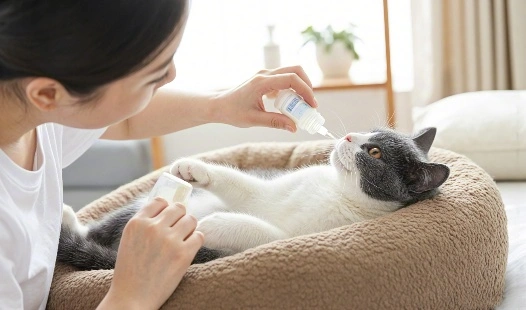
GS-441524 Treatment and Nutritional Support: An Unbeatable Combo for Recovery

The Most Important Nursing Care Tips for Cats on GS-441524
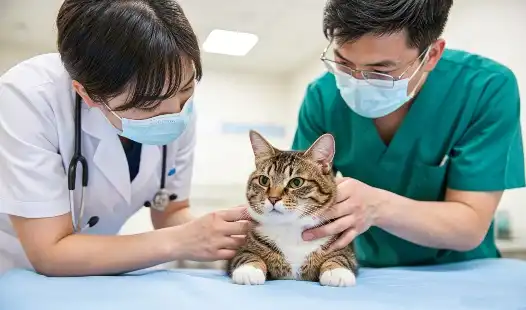
Why GS-441524 Is More Effective Than Traditional FIP Treatments?















_副本_1761792439176.webp)


